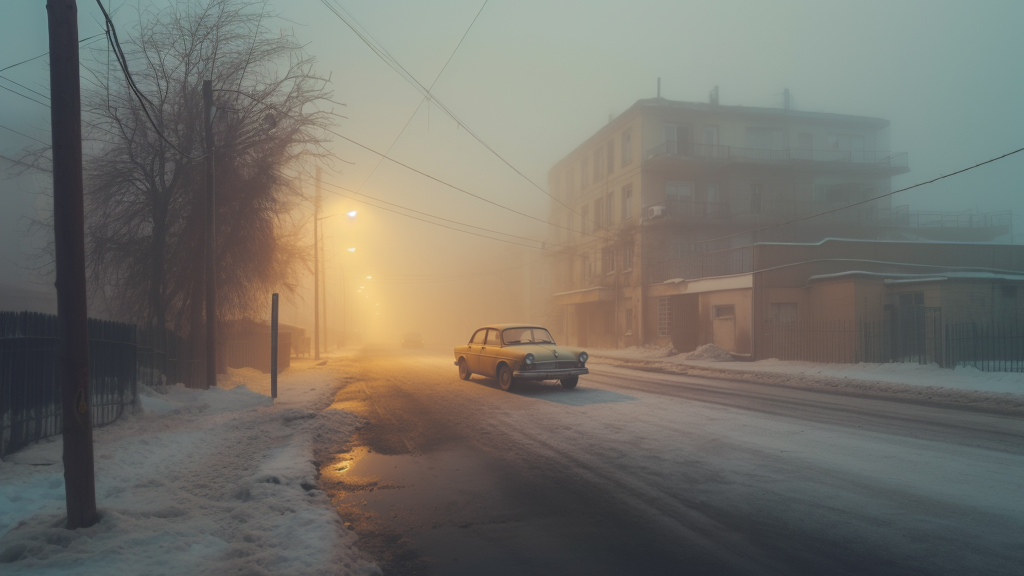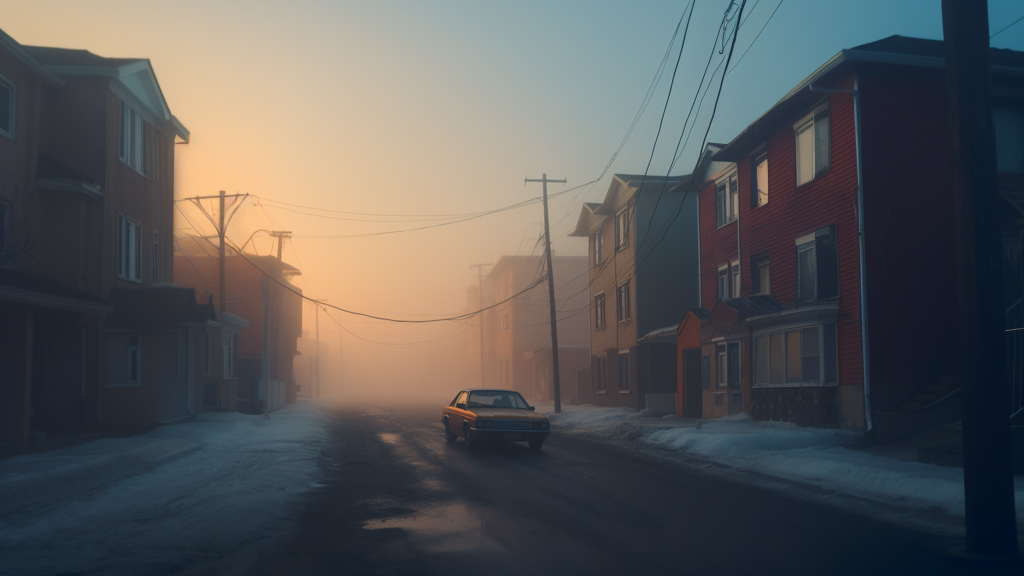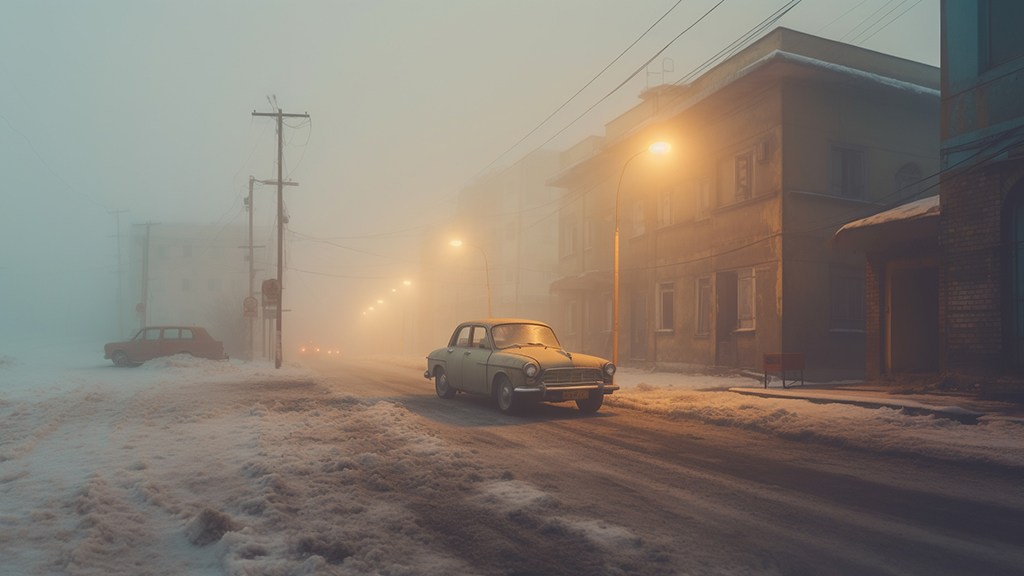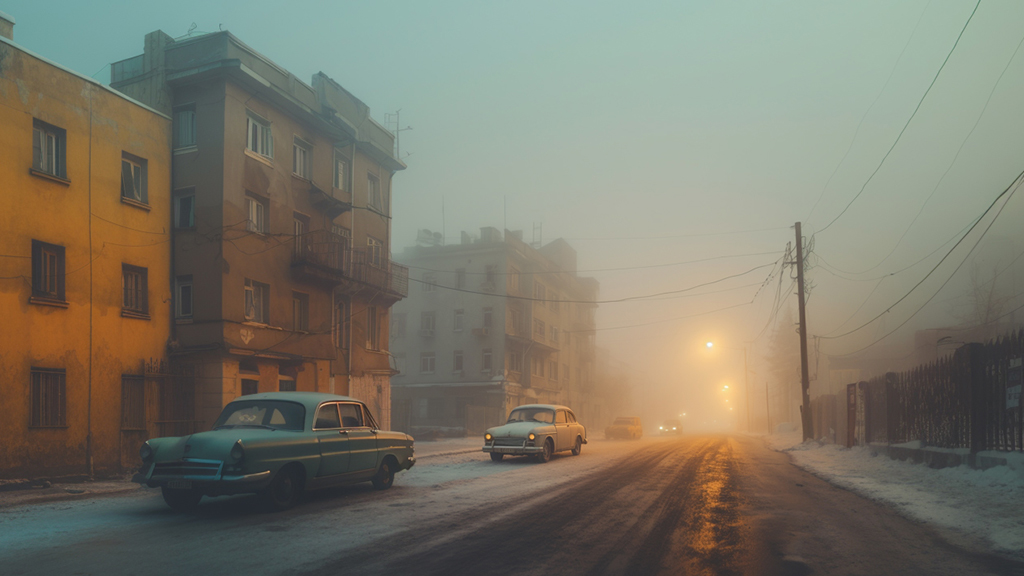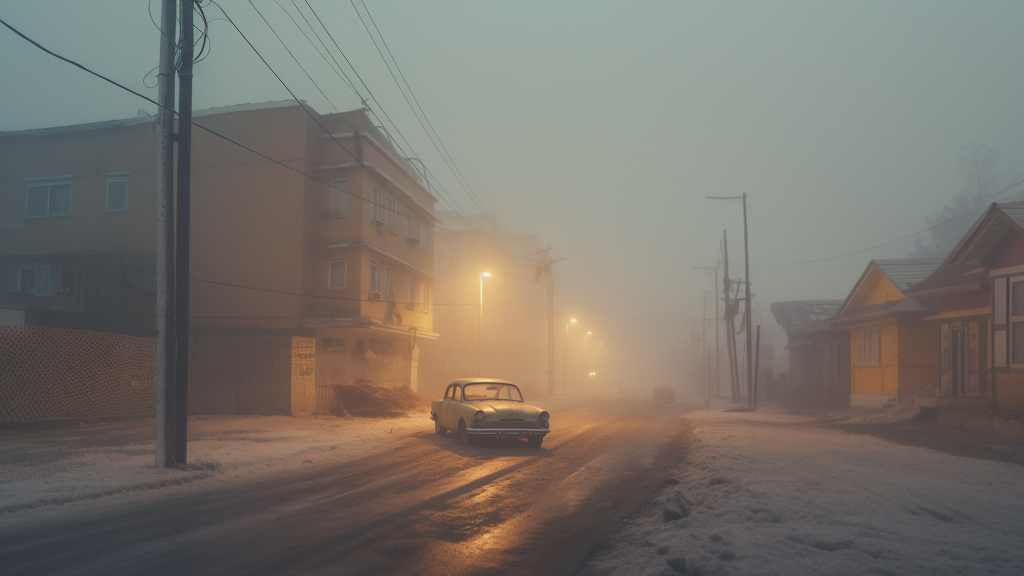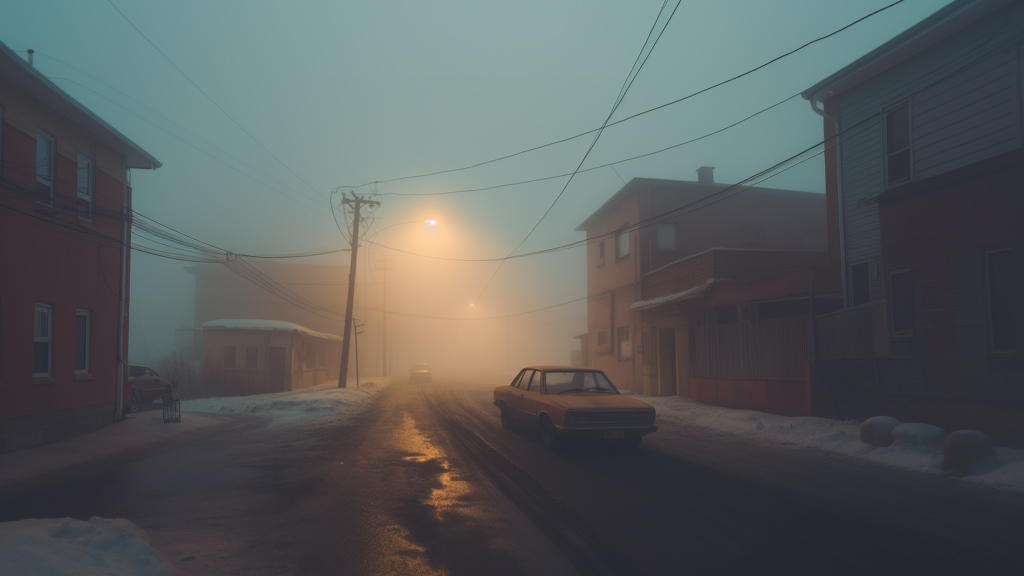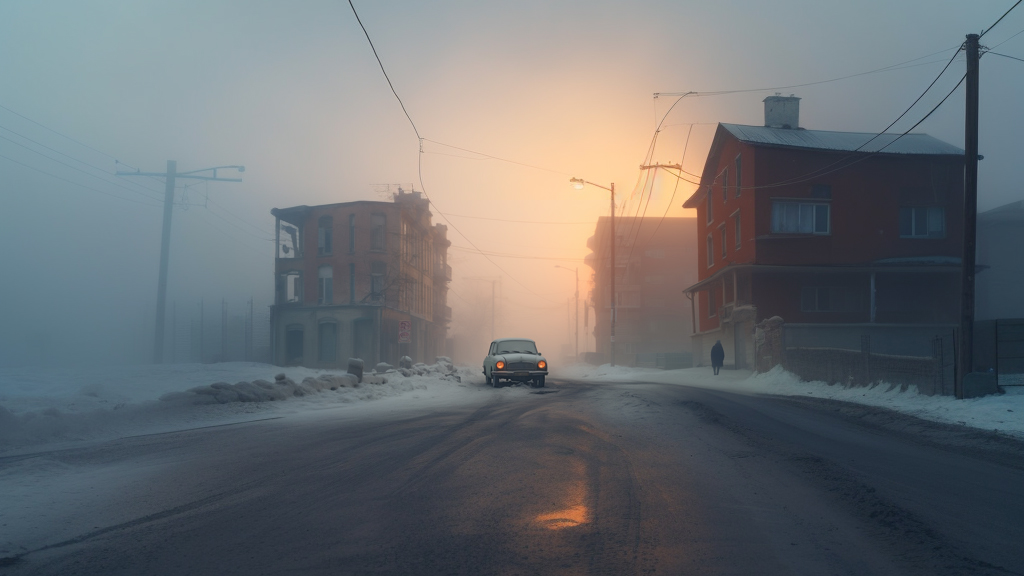Since the beginning of the year, the pervasive presence of AI art, with its recognizable aesthetic, has become so prevalent that it’s easy to grow weary of its omnipresence. Nevertheless, as a creative director, I’m interested in adapting these new technologies, as they are reshaping the creative landscape, providing innovative tools for greater efficiency, and quickly becoming a standard expectation of clients looking for cost-effective solutions.
Working primarily for NGOs and non-profits, which often have limited budgets, I’ve been exploring from the start how to leverage these tools, as they could be incredibly useful in creating impactful campaigns on a tight budget. However, using AI to generate images for NGOs should be approached with caution, especially in a political context. Despite creating images that seem impressive at first, I haven’t been able to generate a single image that I feel would be suitable for an NGO or non-profit organization.
There are several reasons for this. One important factor is that the limited control over details makes it difficult to produce images with the desired accurate visual end result. AI interpretations of prompts can be very literal and lack nuance or abstract understanding, leading to unpredictable results that can be far from the intended vision. Complex scenes can result in a disjointed or nonsensical arrangement of elements. Furthermore, AI-generated images may be devoid of broader context, missing cultural, historical, or situational subtleties that an artist would naturally include.
To top it off, these images often fall into the realm of the so-called uncanny valley, making them feel eerily unnatural despite their superficial realism.
The Fascination with AI Art
The appeal of AI image creation lies in its ability to transform text input into visual representations. From TikTok’s AI manga filter, which allows users to see themselves in the style of Japanese comics, to the creation of company logos and picture books through AI, the possibilities seem endless. While the initial thrill of seeing an image appear is undeniable, there is an absence of real creative satisfaction.
Absence of the Artist’s Touch and Narrative Depth
Renowned author and illustrator Rob Biddulph argues that AI-generated art contradicts the core of what art actually is. In his opinion, art is about translating inner emotions into outer forms, whether through sculpture, music, writing, performances, or paintings. True art is about the creative process, not just the end product. Simply pushing a button to create an image lacks the depth and emotional resonance that artists bring to their work.
AI-generated art often misses the organic composition that artists naturally create. Static compositions can appear rigid and formulaic, without the dynamic flow that breathes life into a work. In addition, the AI may create lights and shadows that do not match each other or the assumed environment, resulting in flat or unrealistic images.
Furthermore, AI may have problems with color harmony, resulting in artwork that is visually mismatched or jarring. The algorithms may not understand the subtleties of color theory and the emotional impact that certain color combinations can have. As a result, AI-generated images may be devoid of the aesthetic appeal that artists intuit through their knowledge and experience.
One of the most significant drawbacks of AI graphics creation is the missing artist’s signature and unique style. AI can only mimic existing styles and imitate the work of others, resulting in artwork that is void of character and individuality. In addition, AI art often omits the broader context or story that artists embed in their work. The narrative depth and emotional resonance that come from a human’s artistic expression are lost in AI-generated images, leaving the viewer with a sense of disconnection and meaninglessness.
The Uncanny Valley: Navigating the Boundaries of Realism
As AI image generation advances, it approaches a level of sophistication that allows for the creation of highly realistic and nuanced images. At the same time, there is a phenomenon known as the “uncanny valley,” where AI-generated images appear almost human but not quite, leading to an unsettling effect. The minute misalignments in details create a sense of dissonance, making it clear that the work is not of human origin. This lack of authenticity can diminish the emotional connection that art often elicits from viewers.
As a trained professional, I can recognize an AI-generated image within a split second. What both concerns and surprises me, however, is that many people don’t seem to notice the difference. This raises important questions: How will this affect our viewing habits, and what will the impact of these images be when they are reflected back into the real world?
The Future of AI Art: Creative Enhancement or Threat?
While AI-generated art has the potential to enhance the work of artists and designers, enabling the creation of entirely new forms of art and expression, doubts remain within the artistic community. The distinct “look” of AI art could lead to a growing distaste for its inauthenticity and “cheapness.” Some predict a resurgence and appreciation of traditional media in response to AI art.
In conclusion, the current state of AI art generation offers not only a glimpse into the possibilities of technology and creativity but also raises ethical concerns, challenges the definition of art, and impacts the livelihoods of artists. While AI has the potential to enhance artistic endeavors, the absence of the artist’s touch, narrative depth, and emotional resonance make it clear that AI-generated art cannot replace the human element.
